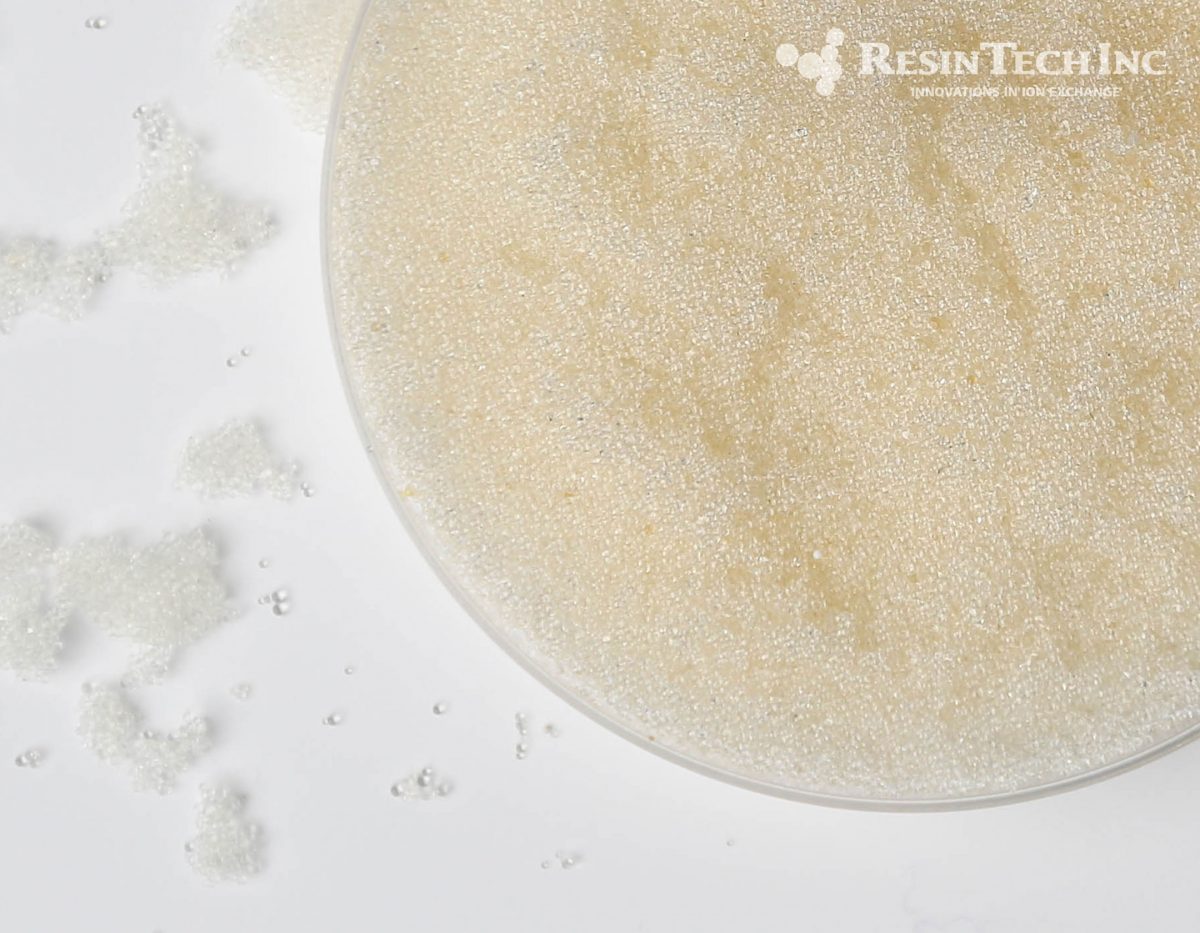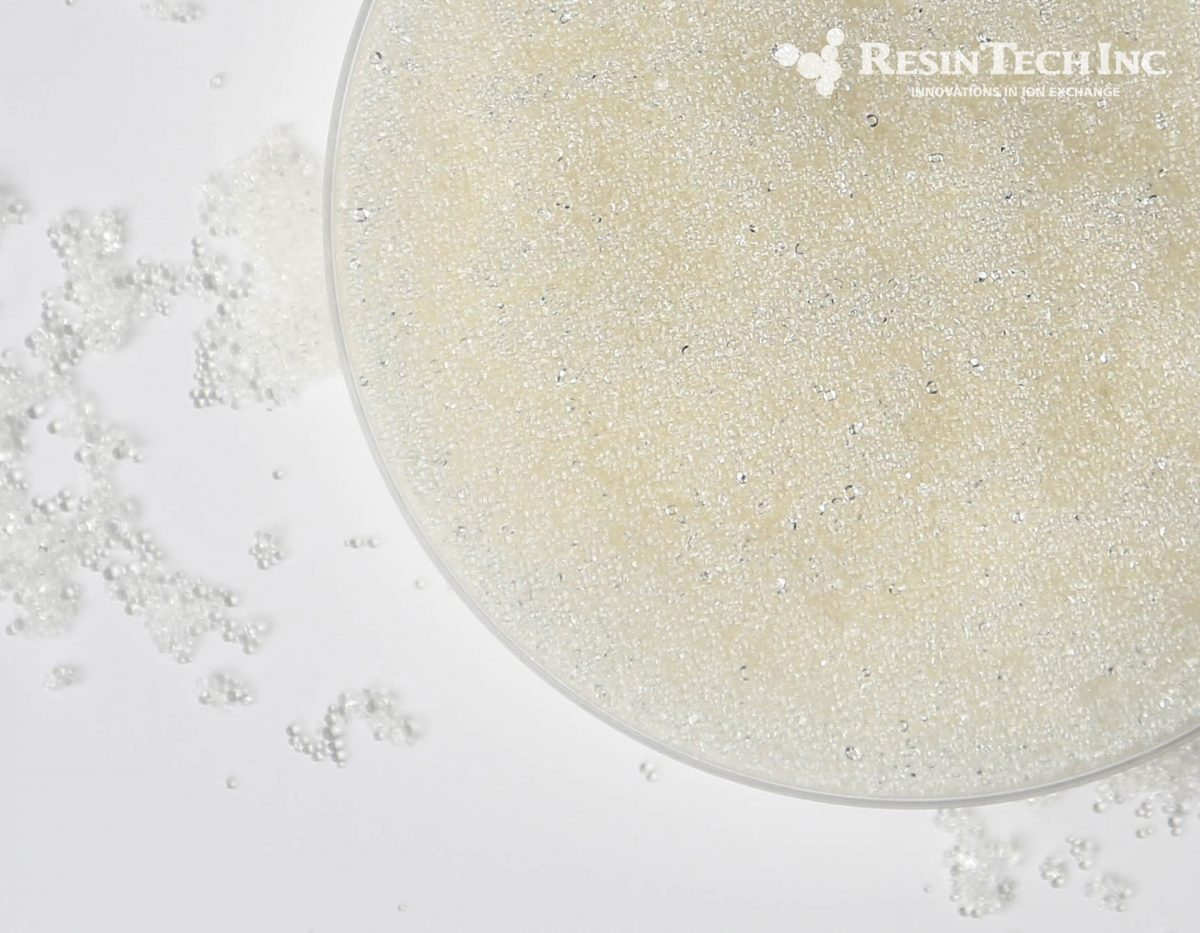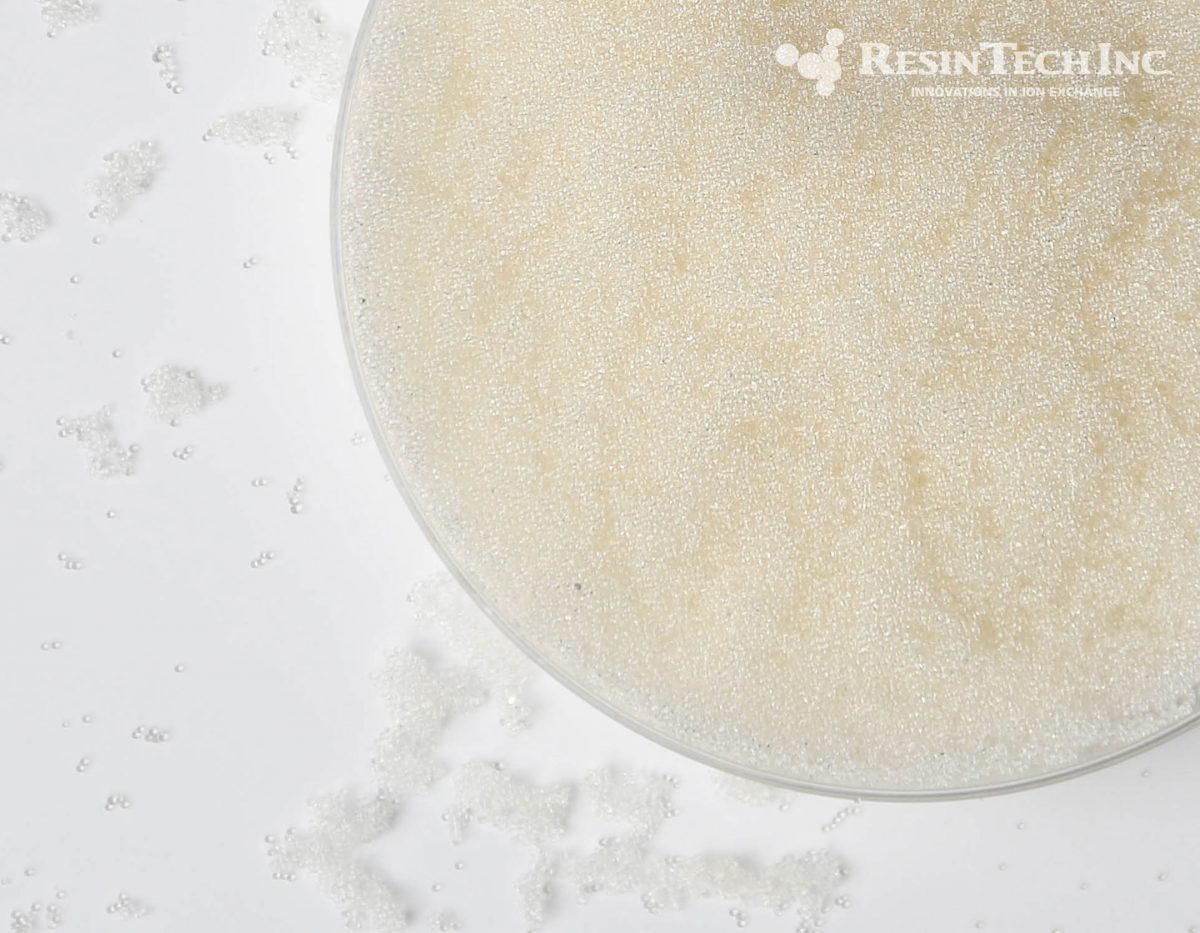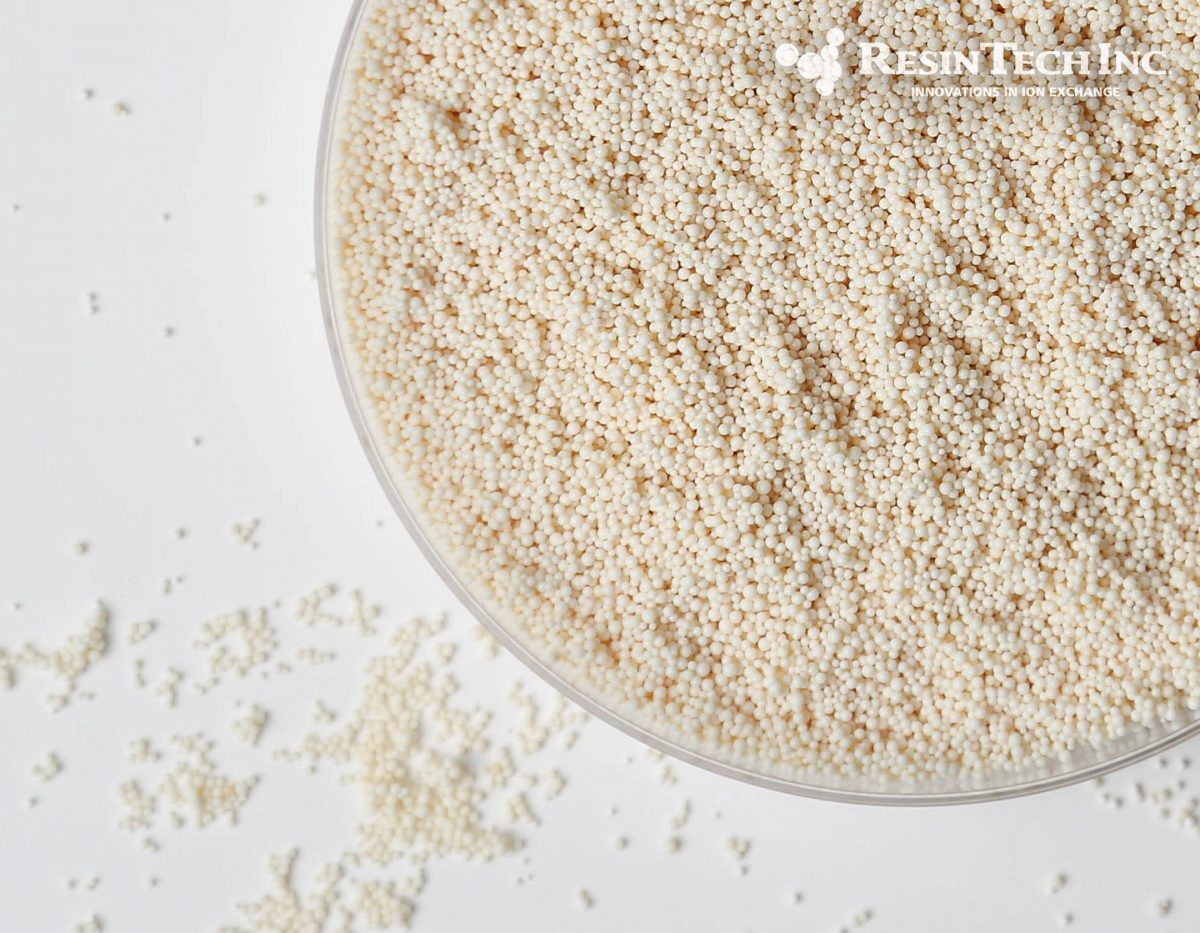- Products
- Services
- Markets
- About
-
 English US
English US
 English US
English US
Chemical Formula: Nb
Present as: anion
Niobium, formerly columbium, is a chemical element with symbol Nb (formerly Cb) and atomic number 41. It is a soft, grey, ductile transition metal, which is often found in the pyrochlore mineral, the main commercial source for niobium, and columbite. The name comes from Greek mythology: Niobe, daughter of Tantalus since it is so similar to tantalum.
Niobium has physical and chemical properties similar to those of the element tantalum, and the two are difficult to distinguish. The English chemist Charles Hatchett reported a new element similar to tantalum in 1801 and named it columbium. In 1809, the English chemist William Hyde Wollaston wrongly concluded that tantalum and columbium were identical. The German chemist Heinrich Rose determined in 1846 that tantalum ores contain a second element, which he named niobium. In 1864 and 1865, a series of scientific findings clarified that niobium and columbium were the same element (as distinguished from tantalum), and for a century both names were used interchangeably. Niobium was officially adopted as the name of the element in 1949, but the name columbium remains in current use in metallurgy in the United States.
Niobium does not dissolve as a simple cation or anion and is found only in highly acidic mining wastes. If present in water it is most likely a complex anion.

| Media Sub Category |
Strong Base Anion |
| Polymer Matrix |
Styrenic Gel |
| Ionic Form |
Chloride |
| Applications: | |
|
- Demineralization |
|

| Media Sub Category |
Strong Base Anion |
| Polymer Matrix |
Styrenic Porous Gel |
| Ionic Form |
Chloride |
| Applications: | |
|
- Demineralization |
|

| Media Sub Category |
Strong Base Anion |
| Polymer Matrix |
Styrenic Gel |
| Ionic Form |
Chloride |
| Applications: | |
|
- Dealkalizer |
|

| Media Sub Category |
Strong Base Anion |
| Polymer Matrix |
Styrenic Macroporous |
| Ionic Form |
Chloride |
| Applications: | |
|
- Cane sugar refined syrup decoloration |
|
Need a little help deciding what to do next?
Reach out to us using the link below.
Tel: 856-768-9600
Fax: 856-768-9601
©2024 ResinTech, Inc.